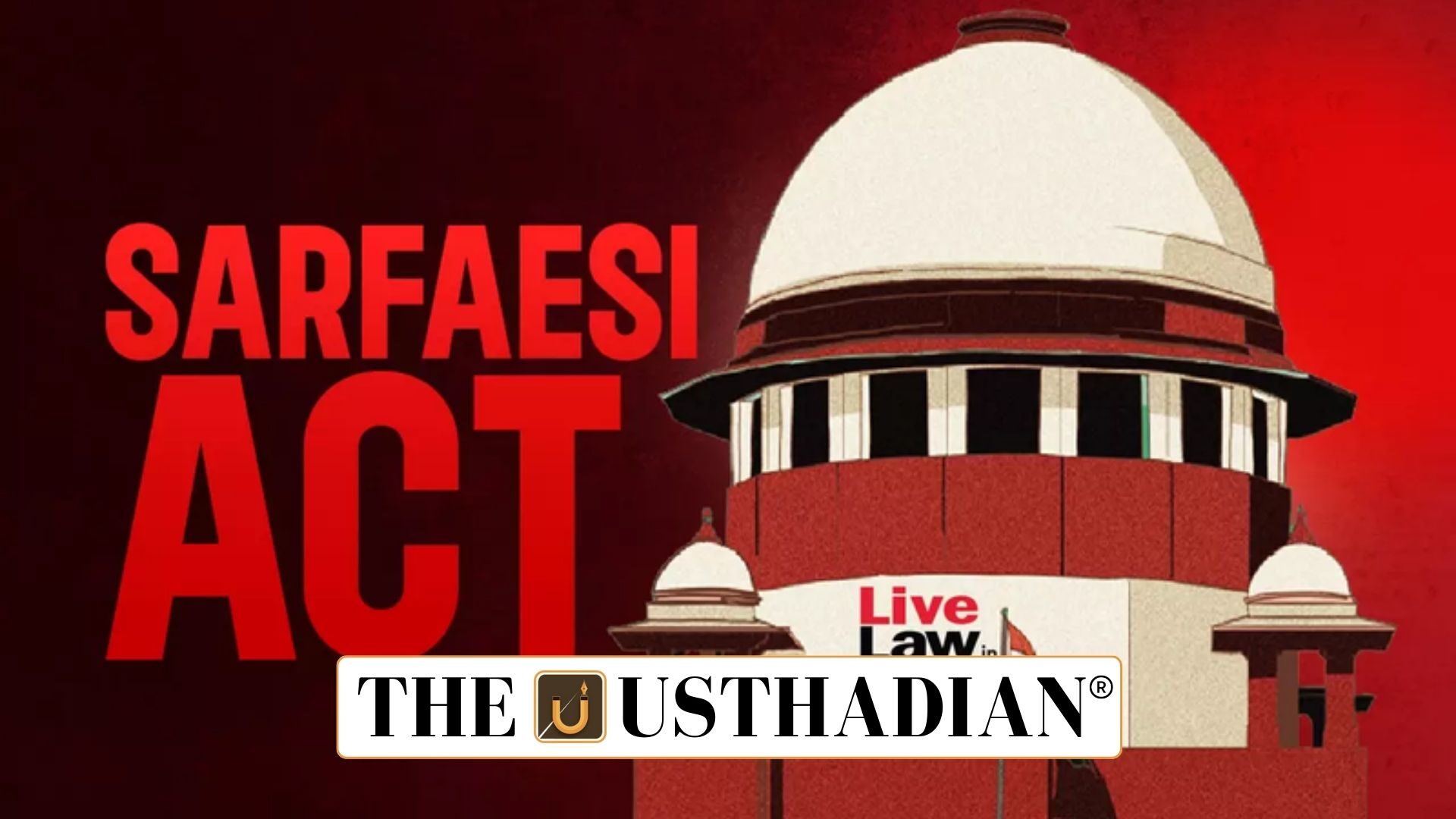Supreme Court observation
Supreme Court Pushes for Amendments in SARFAESI Act: The Supreme Court recently directed the Finance Ministry to consider amending the SARFAESI Act, 2002 to eliminate anomalies. The Court clarified that a borrower’s right to redeem a mortgaged property ends once an auction notice is issued. This ruling brought attention to inconsistencies within the law.
Features of the SARFAESI Act
The Securitisation and Reconstruction of Financial Assets and Enforcement of Security Interest Act, 2002 allows banks and financial institutions to recover non-performing assets (NPAs) without court intervention. If a borrower defaults, lenders can seize and auction pledged assets such as residential or commercial properties, excluding agricultural land.
Static GK fact: The SARFAESI Act was enacted in 2002 during the Atal Bihari Vajpayee government to address mounting NPAs in Indian banks.
Achievements of the Act
The Act has ensured faster recovery of liquidity for banks, helping maintain financial stability. It has also provided a structured framework for managing distressed assets through Asset Reconstruction Companies (ARCs) and Debt Recovery Tribunals (DRTs).
Static GK fact: India’s first Asset Reconstruction Company, ARCIL (Asset Reconstruction Company India Ltd), was set up in 2002 under the SARFAESI framework.
Issues in implementation
Despite its achievements, the Act has several challenges. Section 13 suffers from ambiguity, causing confusion regarding the borrower’s right of redemption. Judicial delays in DRTs and complexities in identifying and liquidating collateral weaken the recovery process. Additionally, the Act excludes unsecured loans and small loans below Rs. 1 lakh.
Static GK Tip: DRTs were established under the Recovery of Debts Due to Banks and Financial Institutions Act, 1993.
Concerns for borrowers
Critics argue that the Act has often led to infringement of borrower rights, with lenders misusing provisions to pressure borrowers. The inefficiency of DRTs and ARCs further worsens matters, leaving both creditors and borrowers dissatisfied.
Way forward
Experts suggest simplification of SARFAESI Rules, strengthening oversight to prevent arbitrary practices, and ensuring speedy case disposal through DRTs. Reforming the Act could balance the rights of lenders and borrowers, aligning the law with principles of fairness and financial stability.
Static Usthadian Current Affairs Table
Supreme Court Pushes for Amendments in SARFAESI Act:
| Topic | Detail |
| Full Form of SARFAESI | Securitisation and Reconstruction of Financial Assets and Enforcement of Security Interest Act |
| Year of Enactment | 2002 |
| Enacted Under | Atal Bihari Vajpayee government |
| Objective | Recovery of NPAs without court intervention |
| Key Institutions | Debt Recovery Tribunals, Asset Reconstruction Companies |
| Exclusion | Agricultural land, unsecured loans, loans below Rs. 1 lakh |
| Important Section | Section 13 on borrower’s right of redemption |
| Landmark Company | ARCIL (first Asset Reconstruction Company in India) |
| Recent Development | SC urging Finance Ministry to amend anomalies |
| Key Concern | Balance between creditor rights and borrower protection |








